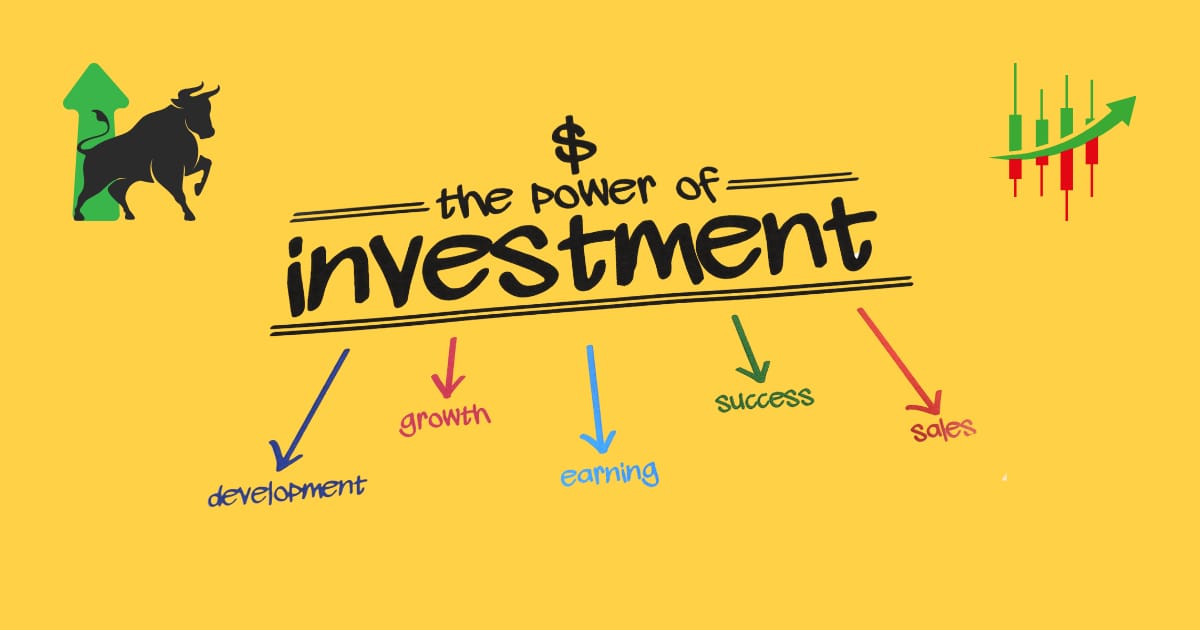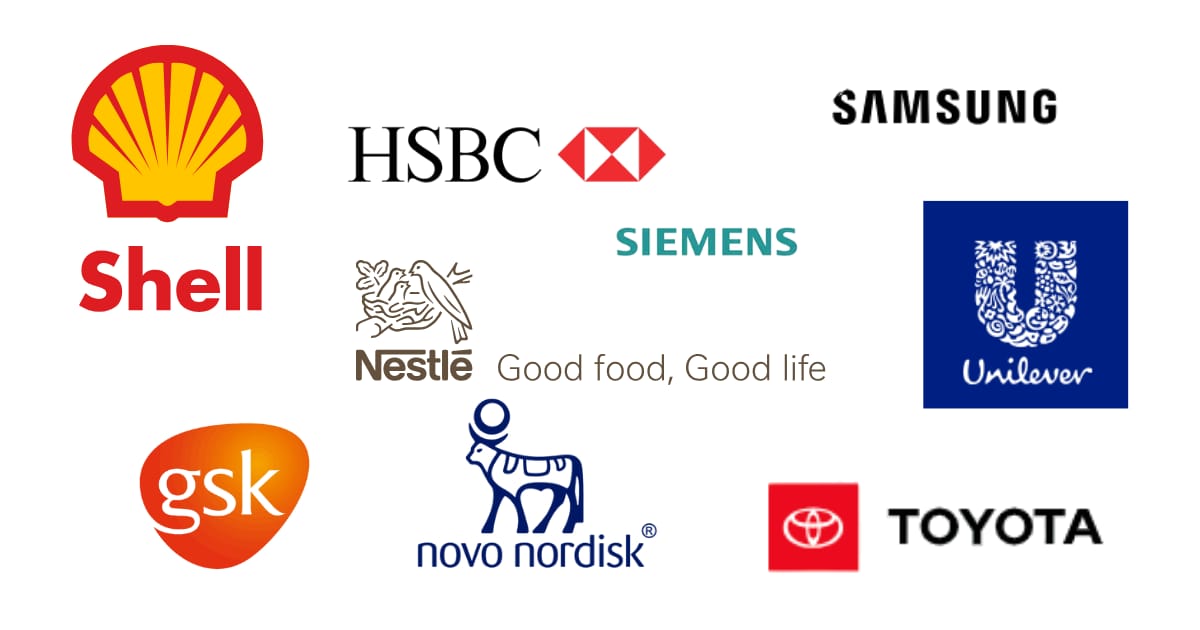- The Bread Bin
- Posts
- How to Spot Shares That Could Grow Like a Tiny Seed Into a Giant Oak
How to Spot Shares That Could Grow Like a Tiny Seed Into a Giant Oak
Learn how to spot the rare small shares that can multiply many times over, explained in plain English with everyday examples.

Some small companies don’t just grow, they explode, turning early believers into the happiest people at the dinner table.

Quick summary: Most shares grow slowly like garden plants, but a rare few can grow into towering oaks that transform your portfolio.
By focusing on steady sales growth, reinvested profits, big market potential, healthy finances, and loyal customers, everyday investors can spot these opportunities early. The key is patience, discipline, and starting small while letting the strongest seedlings grow into giants.
Why it matters
Think about planting a seed. Most grow into ordinary plants, tomatoes, daisies, shrubs. Nice, but nothing life changing. Every once in a while, though, one grows into a towering oak, shading whole streets and lasting generations.
The stock market works the same way. You don’t need many oaks to change your financial landscape. A handful of the right small shares can turn a modest sum into something significant. The trick is knowing what seedlings have oak-like potential before they grow too tall to reach.
Investor Rationale
Focus on businesses you’d happily own if the market shut for 10 years. Oaks don’t grow overnight so make sure its a business you would like to hold for the long term.

For illustration purposes only
Use clear mental models in other words, ask yourself this question. Is this company solving a problem better than anyone else?
And if you’re a large scale thinker, look worldwide, not all Oak trees are in your backyard.
Evidence & metrics
Here’s what to look for when searching for potential giants:
Sales growth: A steady 15 - 20% increase each year shows strong roots. Example: Apple’s revenue in the early 2000s grew at over 20% annually before iPhones made it global.
Profitability runway: Look for companies reinvesting profits back into expansion. Amazon didn’t pay dividends for years, plowing everything into growth.
Market size: Ask, “How big is the forest?” If a company’s product is useful everywhere (like digital payments), it has room to expand.
Balance sheet health: Too much debt can act like weeds strangling a young tree. Look for manageable borrowing.
Customer loyalty: If people rave about it and return again and again, roots are deep. Netflix’s early stickiness was a huge sign.
Risks & counterpoints
There’s risk in everything, so understand the risk you’re undertaking. Not every fast growing seed survives. Think of dot-com names that burned out quickly pets.com, eToys.com and GeoCities all came and went.

A clever idea means nothing without strong managers to scale it. So always evaluate the management team. Have they executed before, did they fail or succeed. Which do you value more, experience from failure or experience from success.
Sticking with our Oak tree analogy, even a healthy sapling can be overshadowed if a giant already dominates the field. The bottom line is, check out the competition, are they waiving, do they have their eye on the ball or is there room for a new player to play the game better.
What a smart investor would do next
Create a watch list of small but growing firms you personally use or notice others talking about.
Check the soil (the numbers): revenue growth, cash flow, debt levels. Keep it simple and consistent.
Start small: Own a little, track its progress over months and years. If you’re happy with its progress and path then consider if its worth planting more trees for the future. Remember, Oaks take time to grow, they’re not micro greens which take weeks.
Already subscribed, then you don’t have to do anything except enjoy our great content.
Want more simple playbooks like this each week? Subscribe now and get ahead of the crowd before the next oak takes root.
Quick favour - what part of today’s post stuck with you? The charts, the story, or the takeaway? If you think a mate would get something out of it too, hit the share button at the top of the page and pass it on. We’re trying to give as many people as possible, the chance to make their money work harder.
⚠️ Disclaimer:
This is for educational purposes only, and is not financial advice. Always do your own research before making investment decisions.